I recently posted a picture sharing a simple whole-group letter game I play with my PreK students on my Instagram. I call it Letter Tally because not only does it work on letter recognition, but it also helps me to introduce and practice using tally marks and subitizing. You will have a wide range of knowledge and abilities in any preschool or PreK class. Using play and games helps me to create activities we can do as a whole class that the children enjoy while using small group time to focus on specific goals. All my students can participate in this activity no matter how well they can identify letters; it’s low-pressure, and they love it!
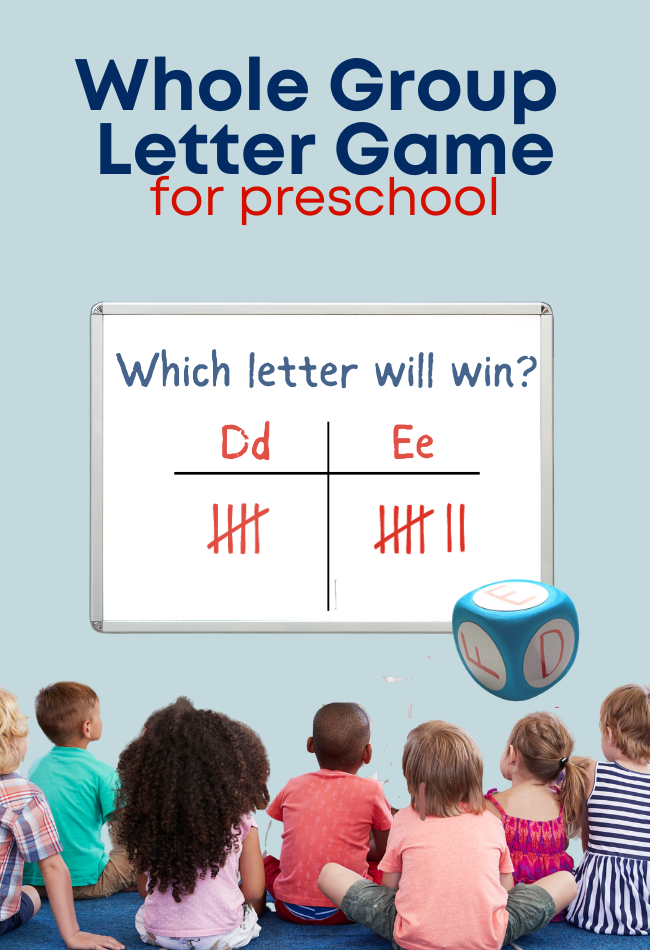
How To Prep Preschool Letter Game
Start by choosing 2 or 3 that are meaningful for your students. In my PreK class, I introduce letter sounds systematically, so we focus a little extra time on that letter every few days. Those become the letters I use for this game, so we are building on existing experiences with the letters. The letters I use for this whole group letter game are never brand new. If you do not introduce or focus on specific letters in a systematic way, choose letters that are in your students’ names, starting with whatever letter most commonly appears in their names. This, too, will be building on existing knowledge!
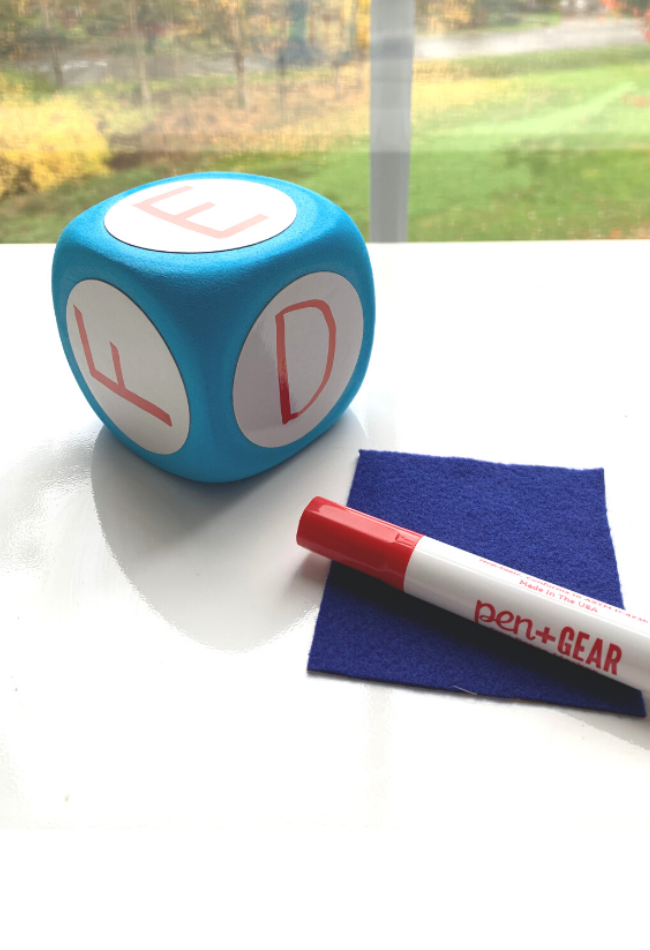
Now, I use a dry-erase die and a whiteboard to set up the activity. You will also need a Sharpie and a dry-erase marker. The Sharpie is for the dice. Yes, I use Sharpie on it. Then, the next time I play this game and I want to add or change the letters, I cover the Sharpie with a dry-erase marker and wipe it, and it comes right off. If there is residue, a little hand sanitizer will clean it off. This works on any hard surface.
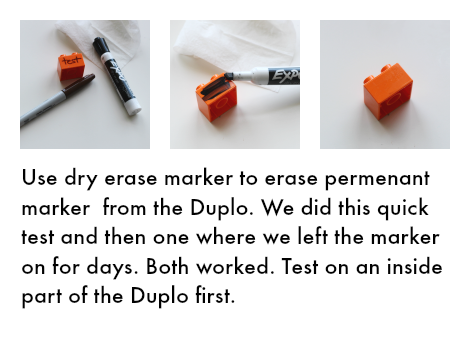
What I love about using the die like this is it keeps track of the letters we’ve done, and I can erase the oldest letter and add the newest. After your die is all set, make a simple chart on your whiteboard.
How To Play Letter Tally – Letter Game for PreK
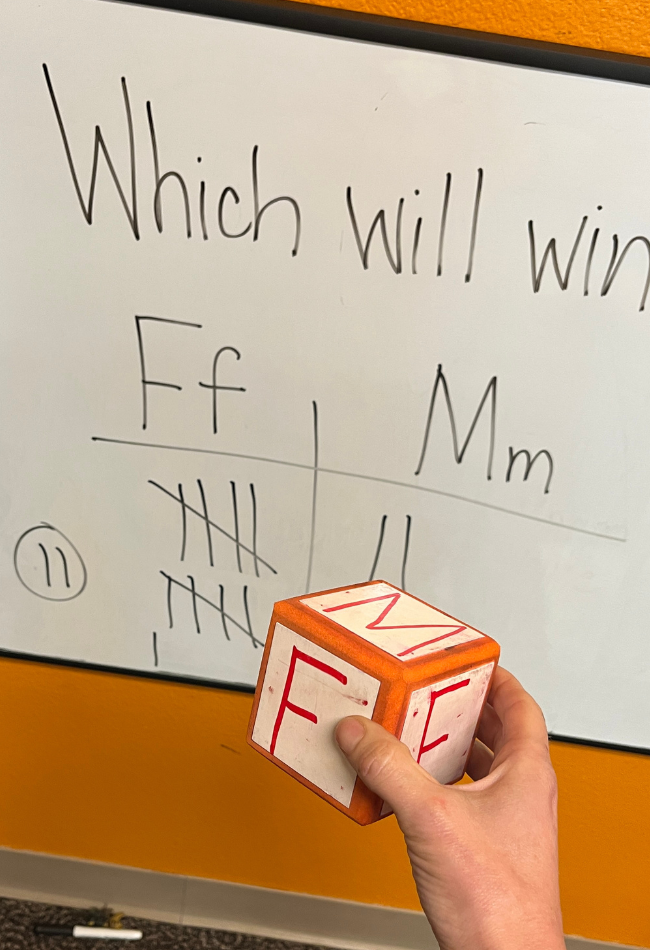
Have your students in a circle and explain to them how to roll and retrieve the die before explaining the game. The rule in my class is you roll, then the next person gets up, picks up the dice, and has their turn to roll… and repeat. So you don’t have a bunch of kids retrieving the die and potentially arguing over who has or hasn’t had a turn. It goes in the circle easy peasy. I also explicitly tell them that only the letter on top pointing up to the ceiling is the letter we are calling out. Finally, I explain this is a group call-out game, so everyone calls out what they see, no hands-up required. It takes WAY too long, and the kids with difficulty focusing will be lost if you make it that regimented.
Now it’s time to play.
Every child gets a turn to roll; your job is to record the results with the tally. The best part is because they all shout out the letter, the children still working on letter recognition are naturally being peer-scaffolded by those who have. No one is called upon to do anything but roll, and the repetition of the two or three letters you are using for the game helps make repetitive exposure to the letter much more fun!
I stop now and then to work some math vocabulary into the game. Asking things like ” Which letter has more? Are they equal?” etc… I also stop when it’s time to add the diagonal tally mark, usually asking all my students to make a slashing motion as I write it.

At the very end of the game – usually one time around the circle, but on magical days or later in the year, we can often go two times – we turn the tally marks into digits and declare a winner. If attention is still good at this part of the game, I usually do mini lessons about tally marks and subitizing. “Who knows how much this is without counting?” I may say, pointing to a tally mark representing 5, “Now, can you show me with your hands? Yes, there are so many ways to show the number 5.”
This dialog evolves through the year and really depends on your specific students. Still, when we intentionally add math vocabulary and these little mini-lessons into games like this, their learning has clear benefits. The key is to know when your game can sustain mini-lessons and when you just need to roll and play!
Need more Letter Recognition Ideas for Preschool?
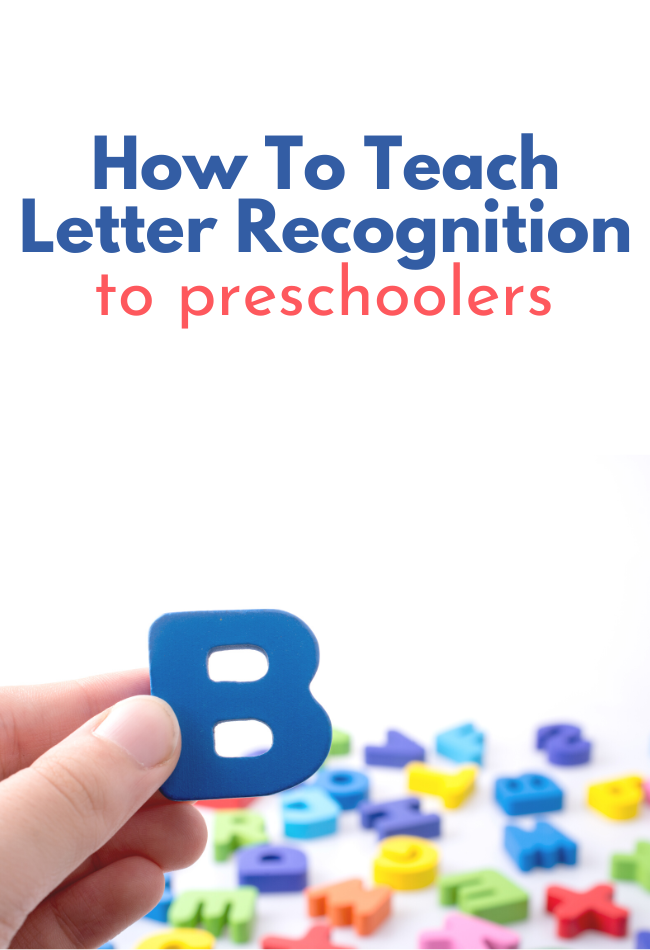
I share my approach to teaching letter recognition in preschool in this article, which is also packed with easy ways to teach playfully!
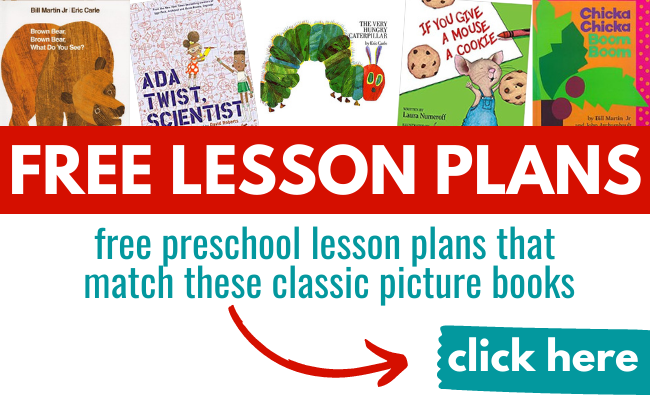
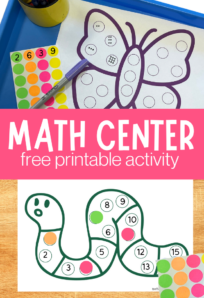
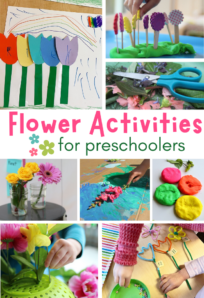
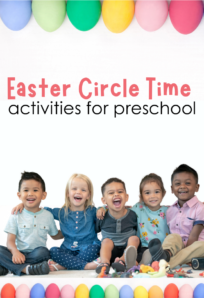
Leave a Comment